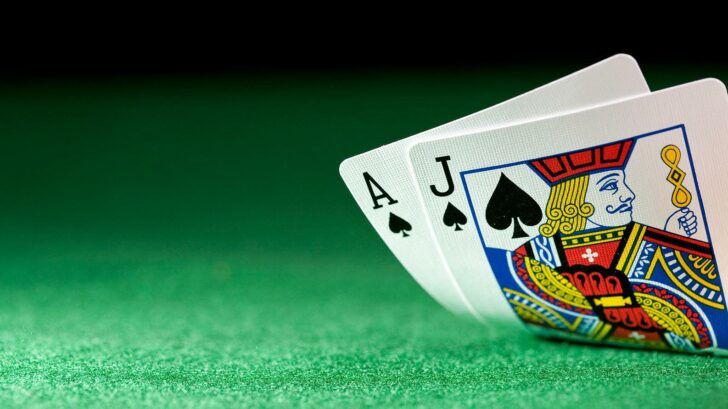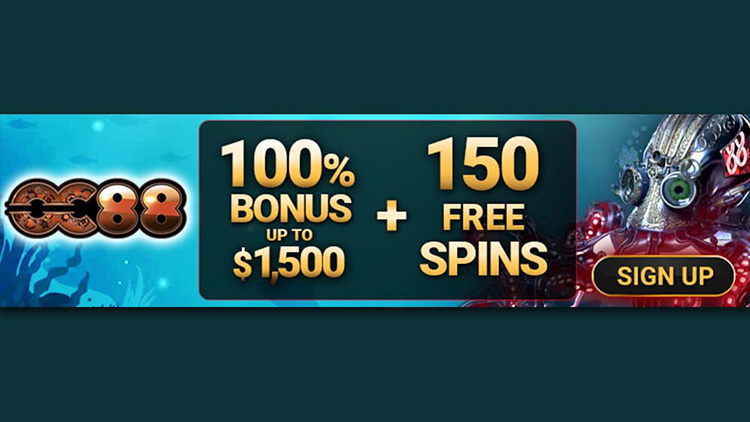How I Used 4 Simple Steps to Go from Blackjack Zero to Hero in a Few Short Weeks

 4 steps
4 stepsLearning to excel at blackjack is not out of reach for anyone. It just requires having a plan and sticking to it. Here’s how I did it.
Blackjack can seem daunting to a beginner and even more so to someone who has never played at all. A few years ago I became interested in the game after hearing that some of my friends would regularly play at casinos. I looked chic and cool in the movies, so I figured I’d give it a try.
But I didn’t want to learn on the fly, blowing money in the process. If I do anything, I want to do it well, and I want to do it without burning a hole in my pocket (there isn’t much of a hole to burn as it is). So I decided to start training from home before I took my skills to the casino.
Step 1: The infancy phase
Starting off I knew only a few basic things. The goal is to beat the dealer (which generally means getting as close to 21 as possible without going over) and that the player is given two cards with the option of requesting more. I quickly learned that learning to play blackjack effectively means learning conscious strategies for doing just that.
That’s what basic blackjack strategy means. It’s actually quite simple. The player should read the two cards they are dealt as well as the dealer’s upcard to determine the most logical move to make: hit, stand, split, double down or surrender.
For example, let’s say that you are dealt a 10 and a 5 and the dealer’s upcard is a 7. Basic strategy says that you should hit in this situation, as you need more than 15 to beat the dealer, and the dealer’s chance of busting with a 7 upcard is pretty low.
To practice learning this stuff I found a good strategy chart online (there are tons of them, and they all tell you the most logical move to make in any situation) and found a site where I could play online blackjack for free. I would consult my strategy card during each hand. A slow and clumsy way of doing things, but a good way to learn.
Step 2: Baby Steps
After hours memorizing the strategy card and playing through countless hands, I decided to put the card away and play from memory. I still wasn’t playing for real money so the risk was low. But like anything, if you want to keep improving you need to continually progress to more difficult tasks.
And playing without the strategy card was difficult. I made some mistakes, and a few times I cheated by pulling the trusty card back out. But after playing for awhile, I started to understand not only the what, but the why of blackjack.
It becomes natural why you should usually hit on a soft 17 and always split a pair of aces. You start to see the inner workings of the cards. Once it starts to make sense, you are acting instead of merely reacting. That’s a key step on the path to winning at blackjack.
Step 3: Learning to walk
After a week of continual free play without using a strategy card I started playing for real money. This is better to do in online blackjack than in a land-based casino because gambling sites usually offer good bonuses to beginning players. This minimizes the risk of losing money.
By this time I had basic strategy down pretty well and was winning quite a few hands. I also lost quite a few. Even when you use correct basic strategy, the house will still win the majority. What’s important is that you capitalize on the ones in which you have an advantage.
During this phase I also focused on learning some advanced strategies like reading the dealer’s upcard and learning the nuances of splitting, doubling down and surrendering. In order to really be successful in blackjack you need to know when to maximize the amount of money you have on the table.
This is precisely because the dealer is bound to win the majority of hands. So you need to recognize when you have a clear advantage and up the stakes with maneuvers likes splitting and doubling down. On the opposite end, surrendering allows you to cut your losses when its clear that the dealer has you beat.
Step 4: Learning to run
After two weeks playing online for real money and learning advanced strategy I finally decided to take the plunge and bring a bankroll to a land-based casino. While I wasn’t yet an expert in bankroll management (another blackjack facet any serious player eventually needs to learn), I decided to bring $200 to the casino and sit down at a low-stakes table, making mostly $10 bets.
I was comfortable that that amount of money would allow me to play for the entire evening without “ruining,” a blackjack term I picked up which means “running out of money.” I played for several hours and ended up leaving with $220.
Not exactly striking it rich, but given that the average house edge for a basic strategy player is .5 percent, I was expected to lose money. I got lucky a few times but on the whole it appeared that my month spent practicing at home served me well. I made very few mistakes.
The moral of the story is that pretty much anyone can become good enough at blackjack to win at a casino. You just need to be willing to start small and put in a lot (a lot!!!) of work before you start playing for real money and before you start playing at a casino. Given all the great online resources and free blackjack games out there today, it’s easier than ever.




